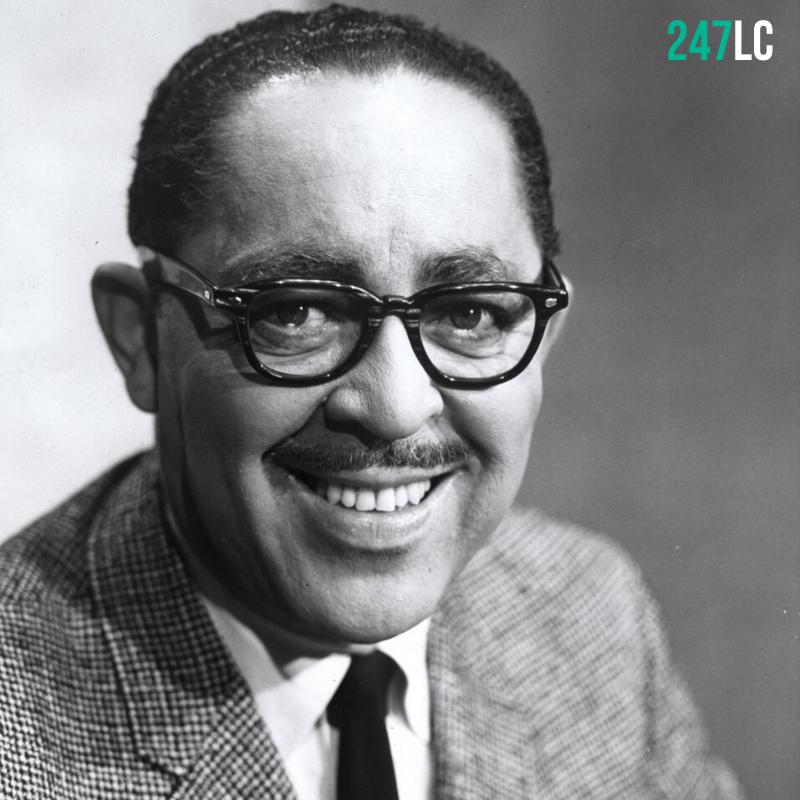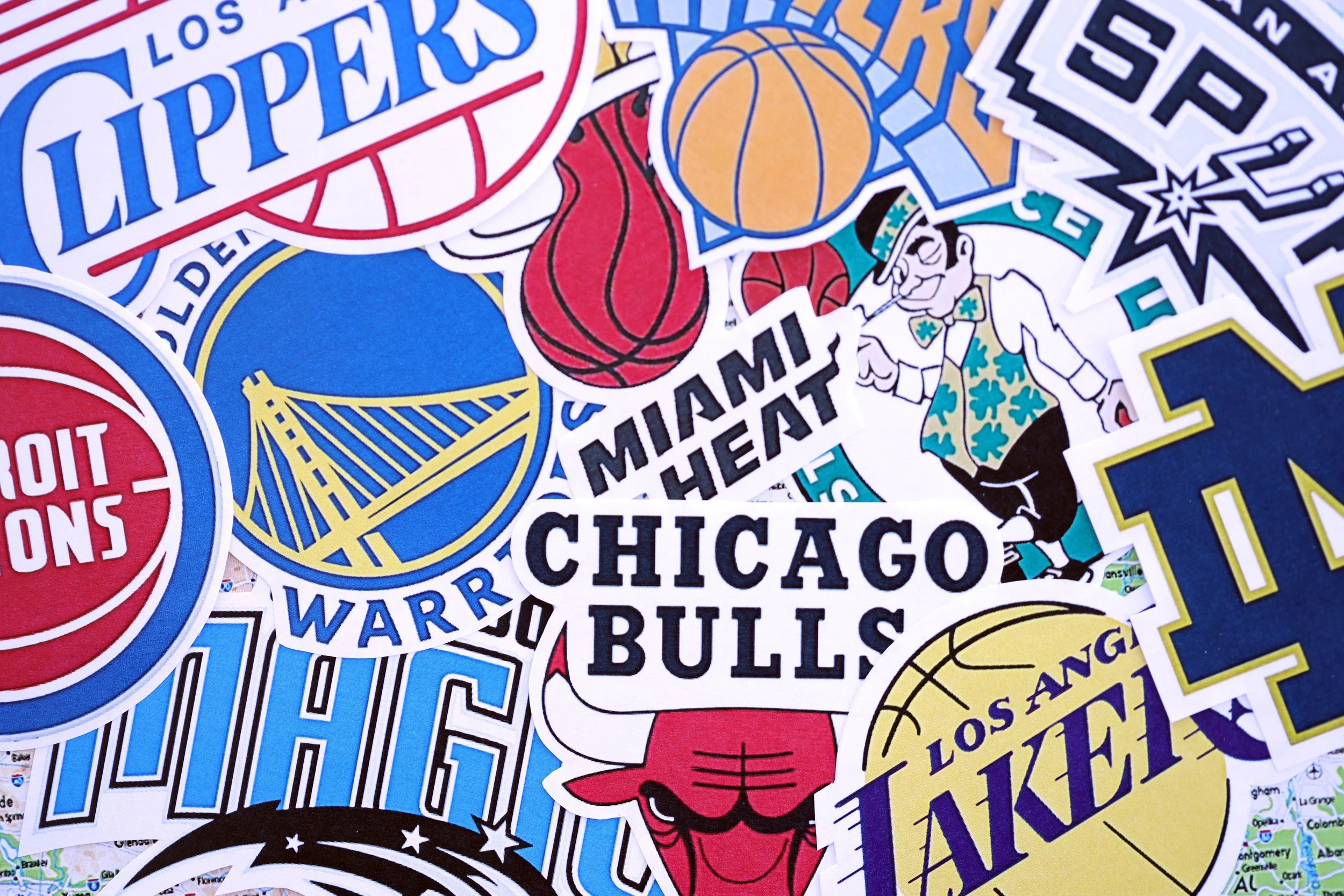Wendell Smith: The Man Behind Jackie Robinson
By: Baigen Seawell
I think we can all agree that Black History Month probably wasn’t the greatest this year. However, we can also argue that Black History is not condensed into just 28 (or 29, if we’re lucky) days out of the year. Black History is eternal, and should be taught no matter what.
In the spirit of baseball season starting up, it’s only right that we highlight some of the greatest black athletes to play in the sport. People like Satchel Page, Hank Aaron, and Willie Mays to name a few, impacted the game of baseball in a way that would change the dynamic of black athletes in white professional sports realms.
But there is a name that supersedes all, and that name is Jackie Robinson.
Robinson was the first to break the color barrier in the Major League’s modern era. This is something that is taught to us year after year in elementary and middle school. But what is rarely talked about, is how he got there. To be more specific, who got him there, and told his story.
Wendell Smith and Jackie Robinson
ABOUT WENDELL
Wendell Smith was a Detroit Native, who attended West Virginia State College (now University, and my alma mater). While at State, he pitched for the baseball team, and was the sports editor for the University paper his junior year.
Smith, like many athletes today, desired to play in the professional realm; but, in the mid-1930’s, this would be impossible. A major league scout was highly interested, but, knew because of the color barrier, it wouldn’t happen.
In 1937, Smith would write for the Pittsburgh Courier, a black owned newspaper. He would start out as a writer, followed by editor, covering the Homestead Grays and Pittsburgh Crawfords, two Negro League teams.
THEN CAME ROBINSON…
A decade later, Brooklyn Dodgers General Manager, Branch Rickey was looking to draft one of the first African American into the majors. Wendell Smith would become an invaluable asset in the process on not just signing Robinson, but bringing integration to the forefront of the MLB.
Smith would work vehemently to bring Robinson to Rickey’s attention, and in 1946, he became successful in doing so. Robinson would join the Dodgers, and Smith would be something like his PR agent, following him throughout the season as a ghostwriter for the courier, and for Robinson’s biography.
Smith would also book rooms for all black Dodgers, and Dodgers staff, stay connected with the black communities and was a liaison in a sense as a black sports journalist, telling the stories of black athletes, whilst winning over the crowds of his white counterparts. Smith made Robinson a household name, while making a name for himself as a journalist.
AFTER BREAKING THE BARRIER
As time progressed, Smith would go on to be the first black sportswriter for a white newspaper, at the Chicago American. He made it a point to not only be a voice for black athletes but an activist in his own right, rallying for desegregation of spring training camps in Florida, and being outspoken in criticizing not just white players, but black players as well, on and off of the field.
He would continue to make contributions to the MLB, lobbying for the MLB Hall of Fame to establish a committee to select former Negro League players to be recognized and honored in the 70’s. He sat on this committee as well, before passing away in 1972 from pancreatic cancer.
He received numerous posthumous accolades, including a member of the WVSU “W” club, the J.G. Taylor Spink Award, and the National Baseball Hall of Fame announced the Wendell Smith Papers collection.
KEEP BREAKING THE CEILING
When we think about sports, it’s easy to overlook the ones telling the story. Without Smith, who knows how different Jackie Robinson’s story would have been. Being the one to tell the story for those who are underrepresented and overlooked, Smith rallied for Robinson to be the one to break the barrier, but he broke so many barriers in his own right; not being afraid to tell those stories and make sure people knew what black athletes had to bring to the table.
42.5 percent of the MLB consists of people of color, this includes African American (and the African Diaspora), Latino, Hispanic and Asian as of 2018. Sportswriters and reporters of color, specifically black, make up just 4 percent as of 2018, according to Greg Lee, former President of the National Association of Black Journalists.
As the demographics grow, so should the ones who tell the story. As I said earlier, black history is eternal, and we have to make sure we keep telling our story.









